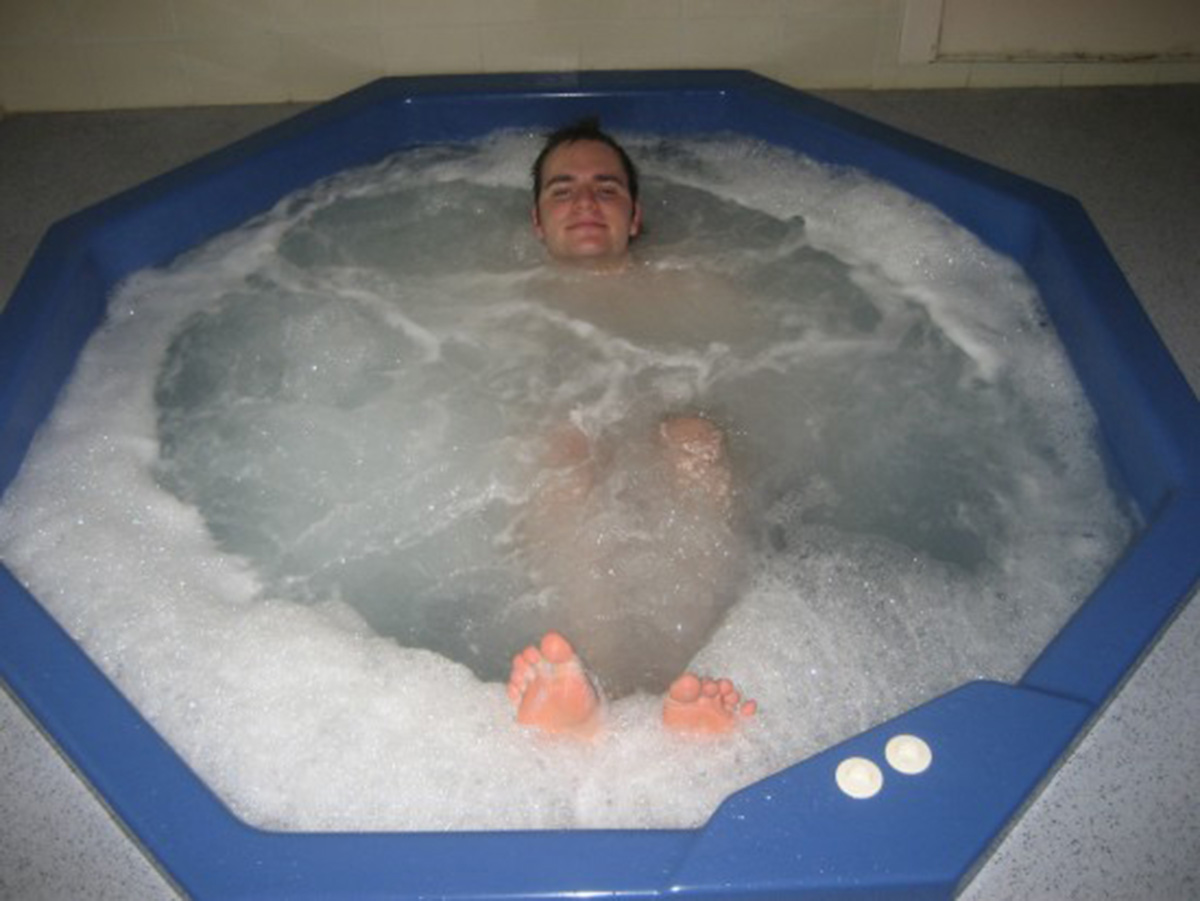Table of Contents
Those who live with rheumatoid arthritis do so with the knowledge that there is no cure for the condition. Existing treatments serve only to minimize the symptoms or slow down the disease's progression. It can be overwhelming for those who are newly diagnosed to face that idea. Rheumatoid arthritis can be managed, though. It takes a consistent approach in two main areas; pain management and mobility.

Chronic Pain
Unlike osteoarthritis, where loss of protective cushioning between the joints makes movement increasingly intolerable, rheumatoid arthritis is more painful after bouts of inactivity.
Gentle exercise can help relieve the gelling or stiffness and allow you to ease into a more active day. Moist heat is especially effective with rheumatoid arthritis, so make good use of warm baths and soaks.
It is extremely important to take your pain medication exactly as prescribed. Many times, those with chronic conditions will try to put off taking pain medication as long as possible for fear of becoming addicted or dependent. However, it is much more difficult to bring intense pain down to tolerable levels than it is to maintain a tolerable level in the first place.
Medications work more effectively when you maintain a consistent level in your system.
Impaired Mobility
As the joints degenerate, those living with rheumatoid arthritis begin to experience a limited range of motion and a decrease in their ability to perform self-care skills and activities of daily life. This can be even more discouraging than the pain of rheumatoid arthritis because it involves a loss of independence and can lead to feelings of despair as patients must rely more on family member, friends, or other caregivers for assistance with basic needs.
As with pain management, exercise can help. Gentle range-of-motion exercises can help to preserve mobility. These can be active (done individually) or passive(completed with assistance), depending on whether the patient is enduring a flare-up or not.
With activities of daily life, such as eating, dressing, and bathing, occupational therapists can help in many ways. They can instruct patients in adaptive techniques for completing these tasks, as well as provide training on assistive devices that can be used by the patient at home to successfully complete self-care tasks.
When it comes to assistive devices, great strides are being made in the area of universal design. Universal design is a method of creating homes and buildings that are accessible to the widest range of people possible, including those who are disabled in any way. Universal design has also resulted in an enormous array of new products that encourage independent living. Instead of clumsy, medical-style products, universal design products are stylishly crafted in order to be seamlessly integrated into homes. They allow people with chronic conditions greater independence without feeling as if they are living in a hospital setting.
Read More: Natural Remedies for Arthritis
With a good plan for pain management and self-care skills, those with rheumatoid arthritis can maintain an independent lifestyle for far longer than those diagnosed in the past. By working carefully and consistently with their doctors, pharmacists, and therapists, rheumatoid arthritis sufferers can effectively manage their condition and remain in control of their lives.
- Rheumatoid arthritis. (2001). In Taber's Cyclopedic Medical Dictionary (pp.166-167, Edition 19). Philadelphia, PA: F. A. Davis Company.
- Photo by shutterstock.com
- Photo courtesy of Domas Mituzas by Flickr : www.flickr.com/photos/midom/328087524/
- www.universaldesign.com
- www.arthritis.org


Your thoughts on this